The way in which we educate our children is constantly changing, as is the technologies and resources available to teachers. Game-based learning is not a new concept but in a time when children have more access to video games through mobile technology and home computers, it is something schools have started incorporating into their curriculum.
Speaking at the Future of Education Technology Conference (FETC) in 2013, Katie Salen (a professor at DePaul University College of Computing and Digital Media in Chicago) stated that there are six main reasons for incorporating game-based learning in the classroom.
Everyone can participate
Whether it be through multiplayer or participating in forums and collaboration, everyone gets to be a part of the outcome. There are many educational games in the marketplace that have multiplayer settings. Games such as Sid Meyer’s Civilization series allow students to play against each other in a turn-based strategy scenario where it is the aim to build a civilization and explore other cultures, learn about trade and become the greatest leader the World has ever seen. Alternatively, students can work together, debate about which technological discoveries to pursue next, who would be a good trade partner, etc. Working together and winning makes students feel like they have been part of a successful team and builds confidence and essential teamwork skills which they will need in later life.
The challenge is constant
Students can be continually tested as games get progressively harder and more complex. In this way, they can develop new ways of thinking. Take the cute puzzle game Cut the Rope by ZeptoLab as an example. Most people just see it as trying to feed Om Nom his candy, but as each level gets progressively harder, students are required to work through and solve each problem. One level may be as simple as cutting a few ropes, but then higher levels bring in obstacles such as bubbles or bees which require you to figure out a new strategy. Students must be flexible in their thinking and have to continually adapt to new challenges.
Feedback is immediate and ongoing
Children thrive on feedback. Whether it is good or bad, both greatly help in their development. In video games, the feedback in many games is instant – you pass a level, or you don’t. When students complete a level or task, they are proud of their achievements, and it spurs them to continue and do more. When they don’t do so great, getting that feedback makes them more determined to do better. In some games aimed at infants, a lot of the feedback is in the form of audio. For instance, the BBC has a website and app aimed at children of which there are many educational games for them to play. The games are based on the characters in the TV shows the channel plays. In some of the games, the child can hear their favourite characters say “Well done!” or “You are doing great!” and even “Uh-oh! That’s not right. Try again”. They get feedback while playing the game, not to mention the fact that they get excited because their favourite character is giving them praise and reassurance.
Learning happens by doing
“For the things we have to learn before we can do them, we learn by doing them.” – Aristotle, The Nicomachean Ethics
Many studies have seen that when people learn by doing, they are more likely to succeed and get a better understanding of the task they need to perform/learn. None more so than children. If for example, you wanted to teach your class how to wire a plug, instead of just telling them how to do it, you’d break out plugs and cable cutoffs and get them doing it. The same can be applied to certain video games. If you wanted to teach children about construction and structure, one game that could help would be World of Goo. The physics-based puzzle game developed by 2D Boy requires players to make stable structures such as bridges, ladders, and towers by moving black goo balls from one place to another. Players also have to deal with wind speed, gravity and buoyancy issues. World of Goo enables students to learn about basic construction as well as solving problems some structures may face due to wind effects.
There are many opportunities to experience failure
Failure isn’t always a bad thing. It is one of the main ways in which we learn. “By trial and error” some would say. One aspect of game-based learning is that it helps children understand that failing something is ok and is just another excuse to learn from it, try again and succeed. Any of the popular puzzle games on the market cater to this. Games such as Amanita’s Machinarium are full of puzzles which must be completed to progress in the game. If an attempt fails, students must then learn from what they’ve done and change their solution. Sometimes it may take a few attempts, but with each attempt students learning and evolve in their way of thinking.
Solving problems build expertise
This is very similar to the point above. The more problems a student solves, the more they are learning and are then able to pass knowledge on to their classmates. Students will retain the information which makes them more confident when dealing with similar problems.
There are some major games on the market that have grown so much in popularity, in the teaching field, that education specific versions of the games have been developed. The most popular at the moment is Mojang’s Minecraft. An educational version, MinecraftEDU, was released in January 2016 by Microsoft, and it has already gained a huge following. The version was originally developed by Finland-based independent developer TeacherGaming and was already 4-years-old when Microsoft brought it. At the moment, teachers in 40 different countries use MinecraftEDU for lessons in an estimated 7,000 classrooms. Anthony Salcito, Microsoft’s Vice President of Worldwide Education, says that with the right tools this could increase. In an interview with the BBC he said:
“Teachers are using Minecraft to do so many things, including teaching maths, science, religion and poetry. Once we make the tools easier for schools to get access to and employ, I think you’ll see that number of classrooms grow quite quickly.”
MinecraftEDU has been used in every subject area from STEM (Science, Technology, Engineering, and Maths) to Language, to History and Art. Some of the concepts and lesson plans have even been tested in line with the US Common Core Standards to make teachers aware of where the game sits regarding the curriculum.
As well as Minecraft, another popular game in game-based learning is Portal 2. The website Teach with Portals has a whole host of resources and lesson plans dedicated to “playing with Portals”. It is supported and developed by Valve and is accessible through STEAM for SCHOOLS. All the lessons meet Common Core Standards and can be used for Math, Game Design, and Language Arts but its primary use in education is in Physics. Using the DLC program Portal 2 Puzzle Maker, teachers can create their own puzzles. As the game is built around physical principles such as mass and weight, acceleration, momentum, gravity, and energy, there is a lot of scope for creating fun and informative lessons.
Some people are still skeptical about game-based learning, or the gamification of education, but studies have shown that there is a benefit to incorporating games into lessons plans. One such study by Richard Blunt. Ph.D. titled Does Game-Based Learning Work? concluded that when three educational games were included in the University curriculum for some Business and Technology, Economics and Management students, they scored higher than the students who did not use any games in their classes. Identical testing situations were employed in all courses while data collected included game use, test scores, gender, ethnicity, and age. There was no significant difference between genders or ethnicity groups, however, students aged 40 years and under, scored significantly higher than those aged 41 and above.
Game-based learning is an area which is constantly being researched and discussed in the teaching and game development communities. While schools and other educational facilities aim for new ways of engaging their students, game-based learning is something that is becoming more prevalent.
Do you think that game-based learning is a way forward in education? Do children really learn better when video games are used as part of their learning? We’d love to hear your thoughts on the matter.
References
Does Game-Based Learning Work? Results from Three Recent Studies – Richard Blunt Ph.D. (2013)
Katie Salen information from Game Design: The End of Education – https://thejournal.com/articles/2013/02/07/game-design-the-key-to-education
Resources
TeacherGaming – https://www.teachergaming.com/
Learning works for Kids – http://learningworksforkids.com/
Teach with Portals – http://www.teachwithportals.com/
MinecraftEDU – http://education.minecraft.net/minecraftedu/
CBeebies – http://www.bbc.co.uk/cbeebies/games

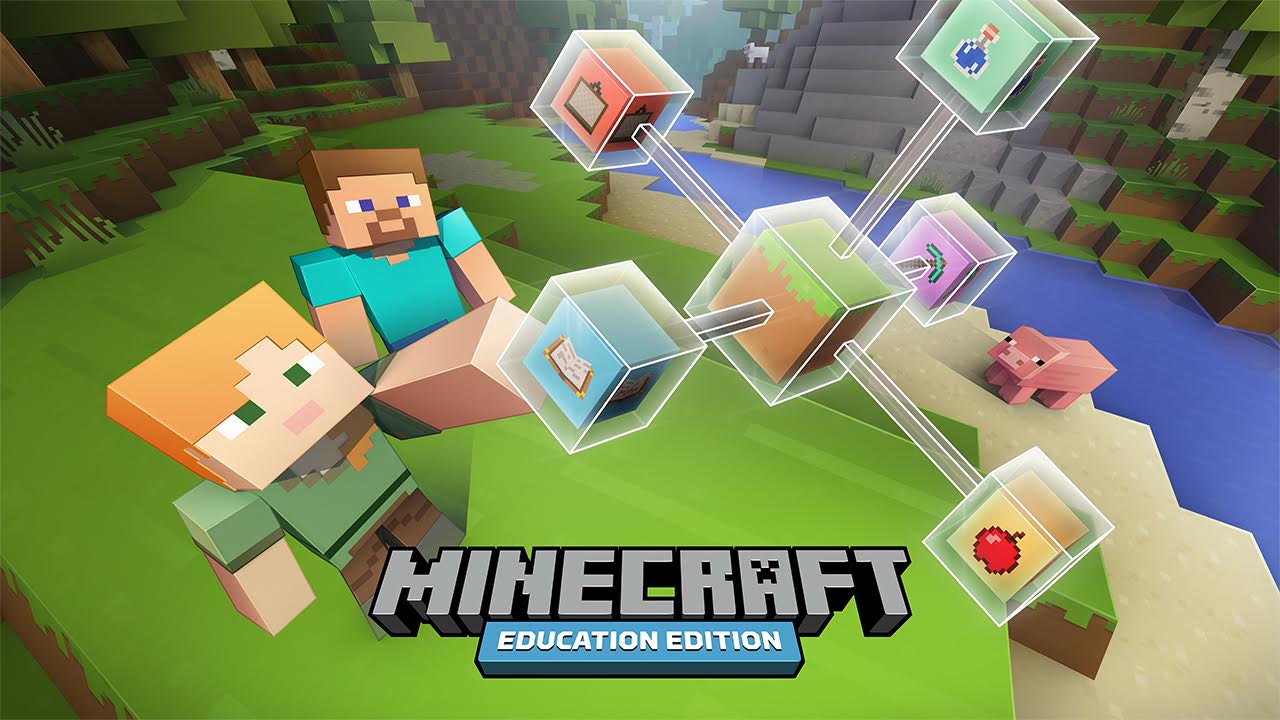
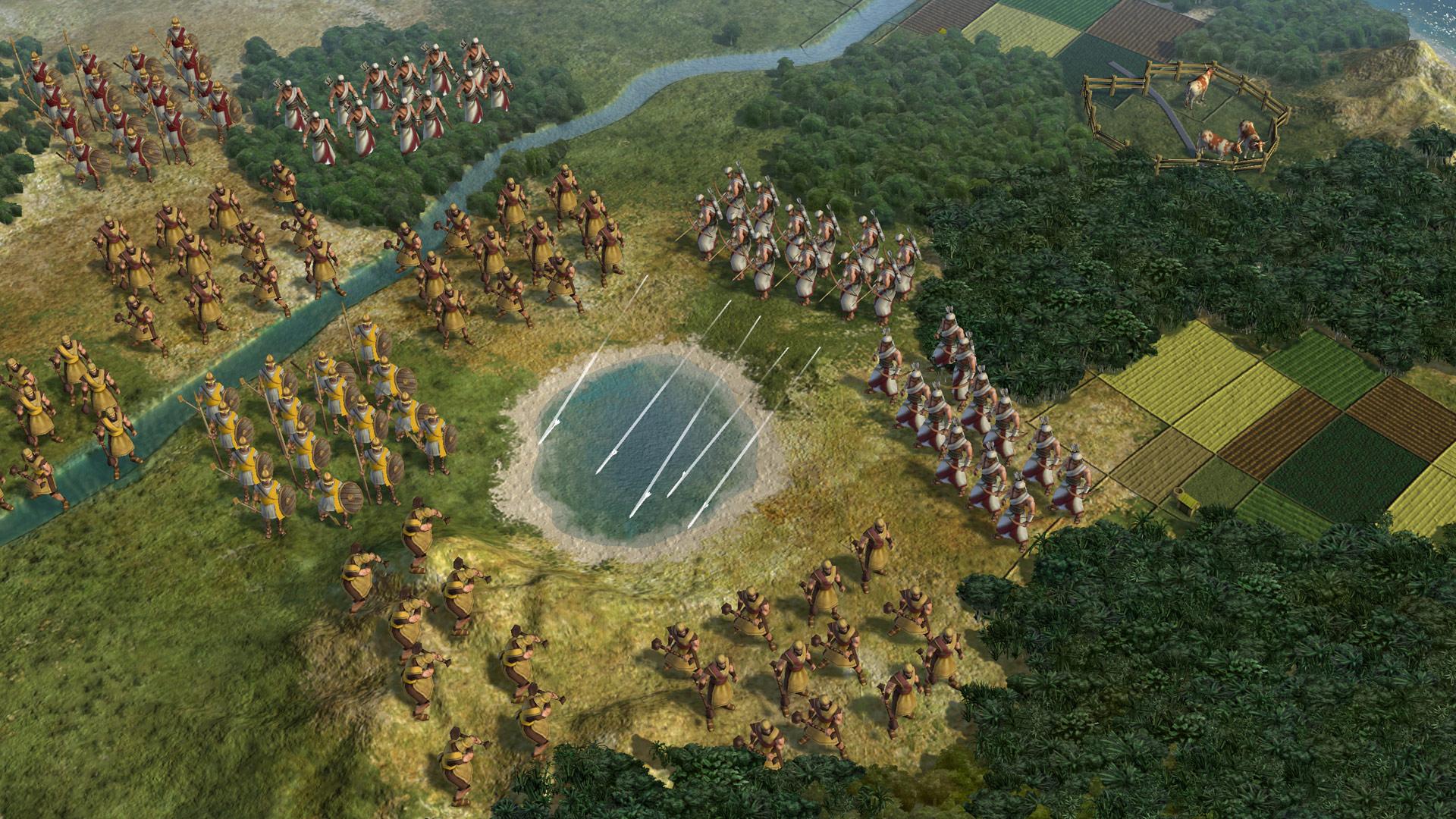
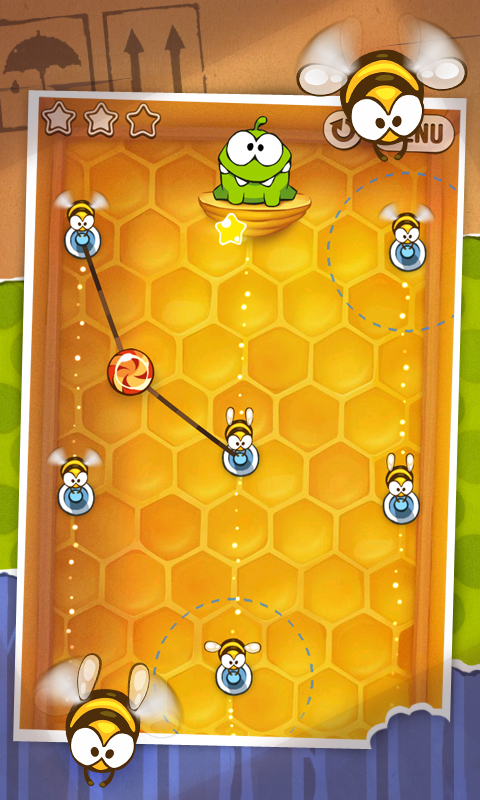
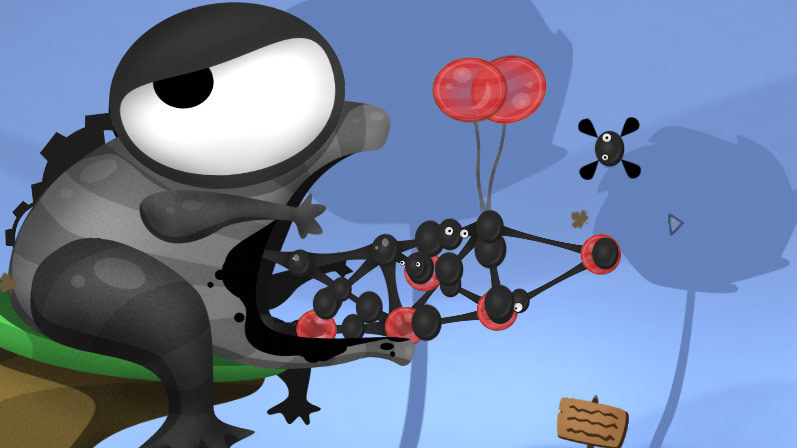
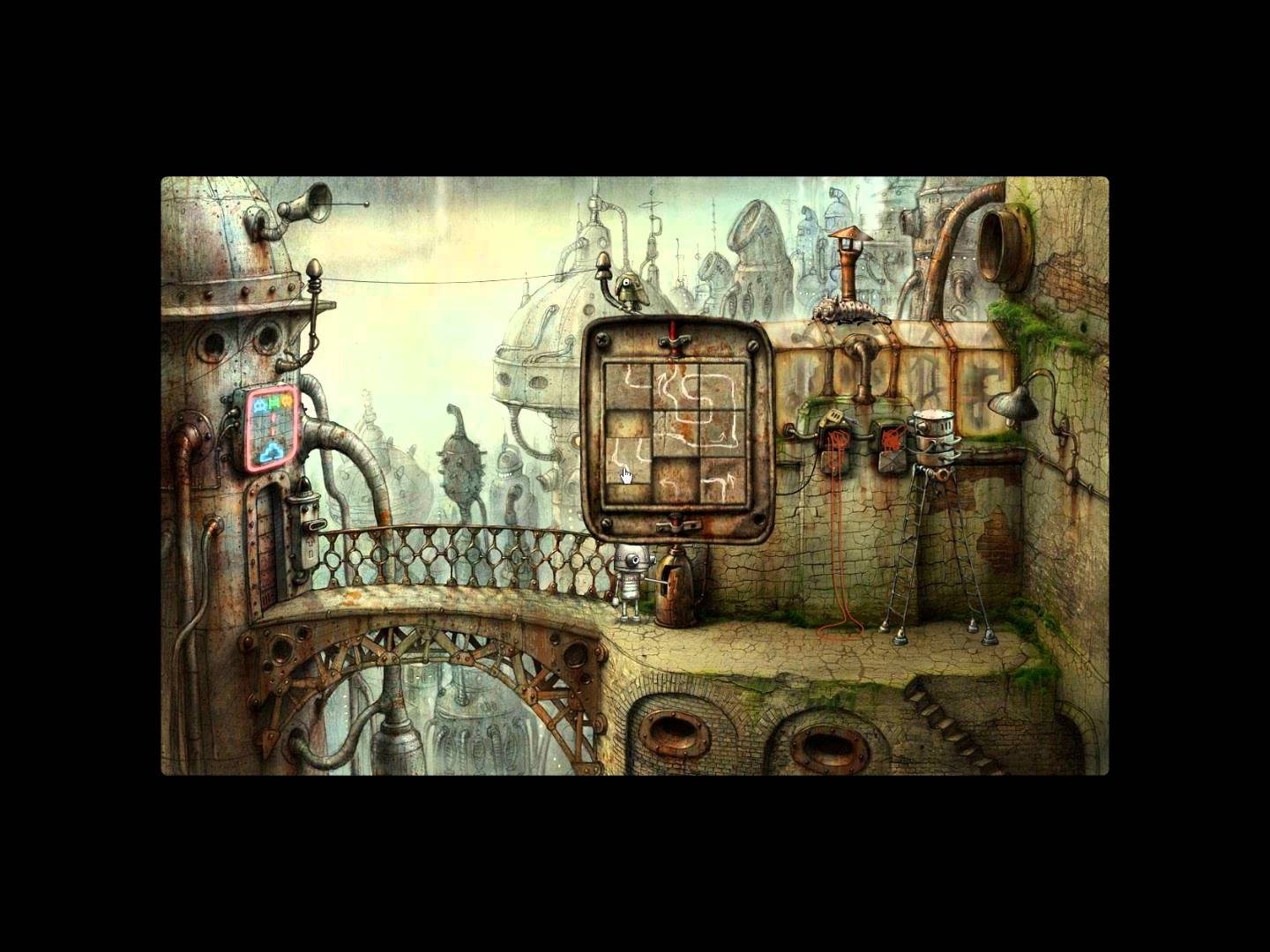
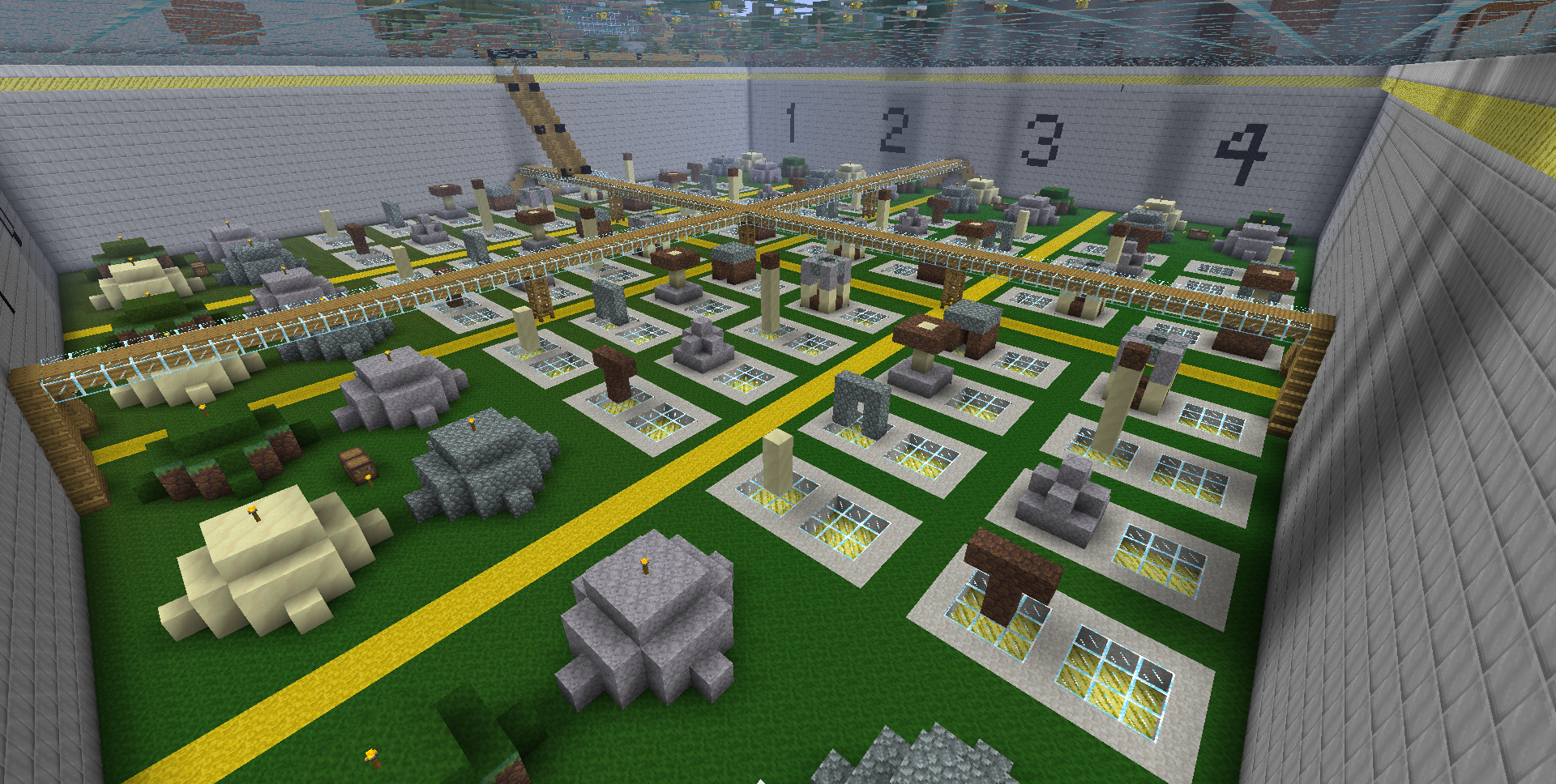
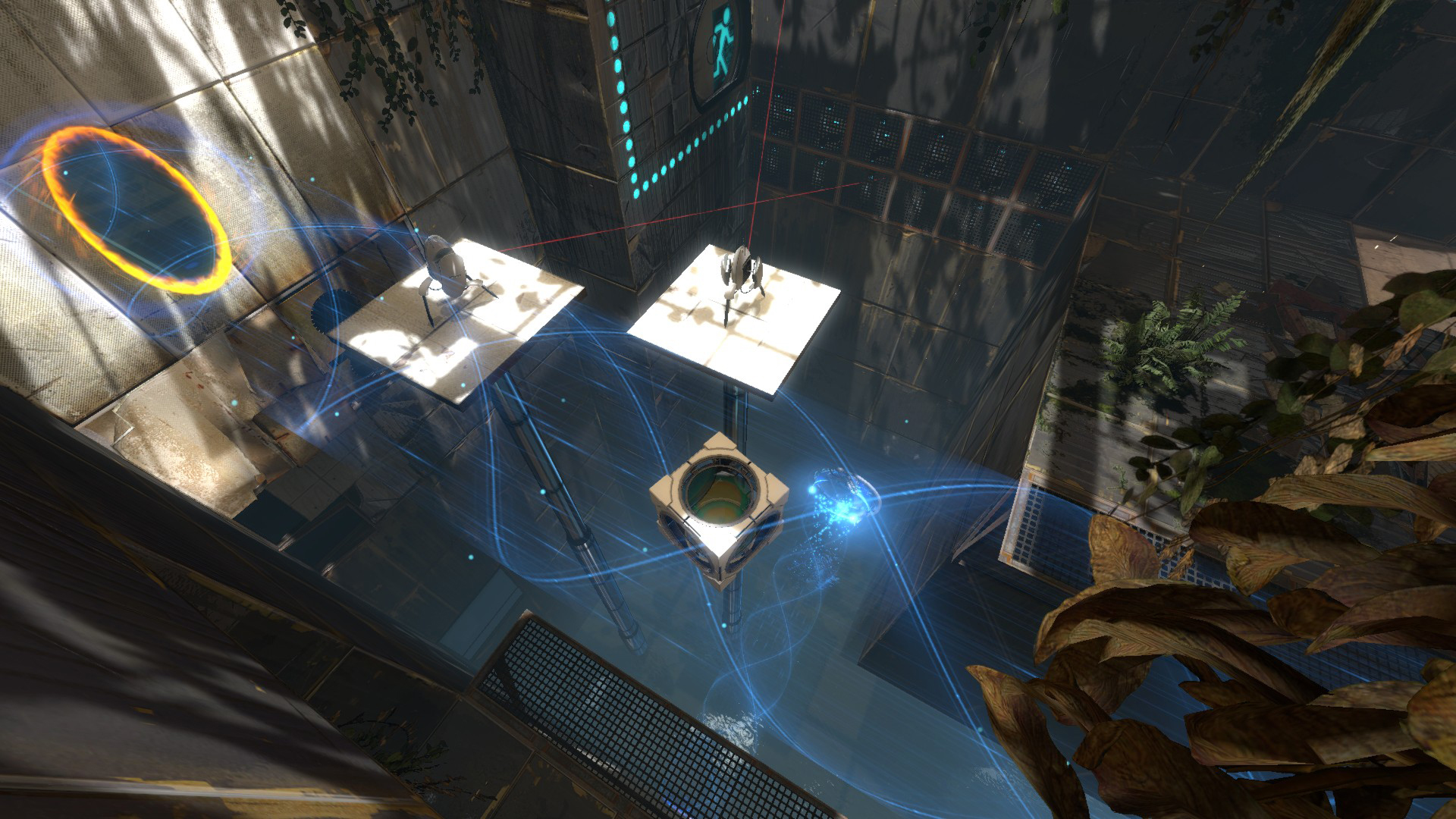





Published: Apr 28, 2016 03:16 am